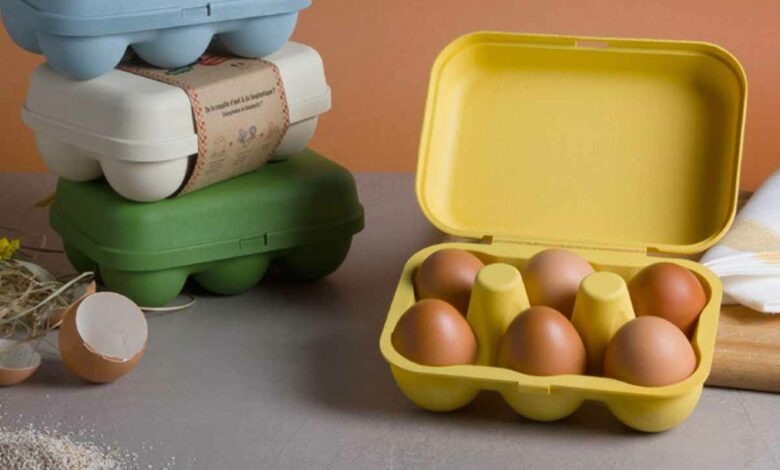
Brittany, a new life for eggshells: they become green packaging
In France, a pair of farmers have devised a process to turn eggshells into eco-friendly packaging… for eggs.

In France, a pair of farmers have devised a process to turn eggshells into eco-friendly packaging… for eggs.

Saint-Joachim, France, will install a 1,3 MW solar canopy on its cemetery, providing electricity to 4.000 residents.
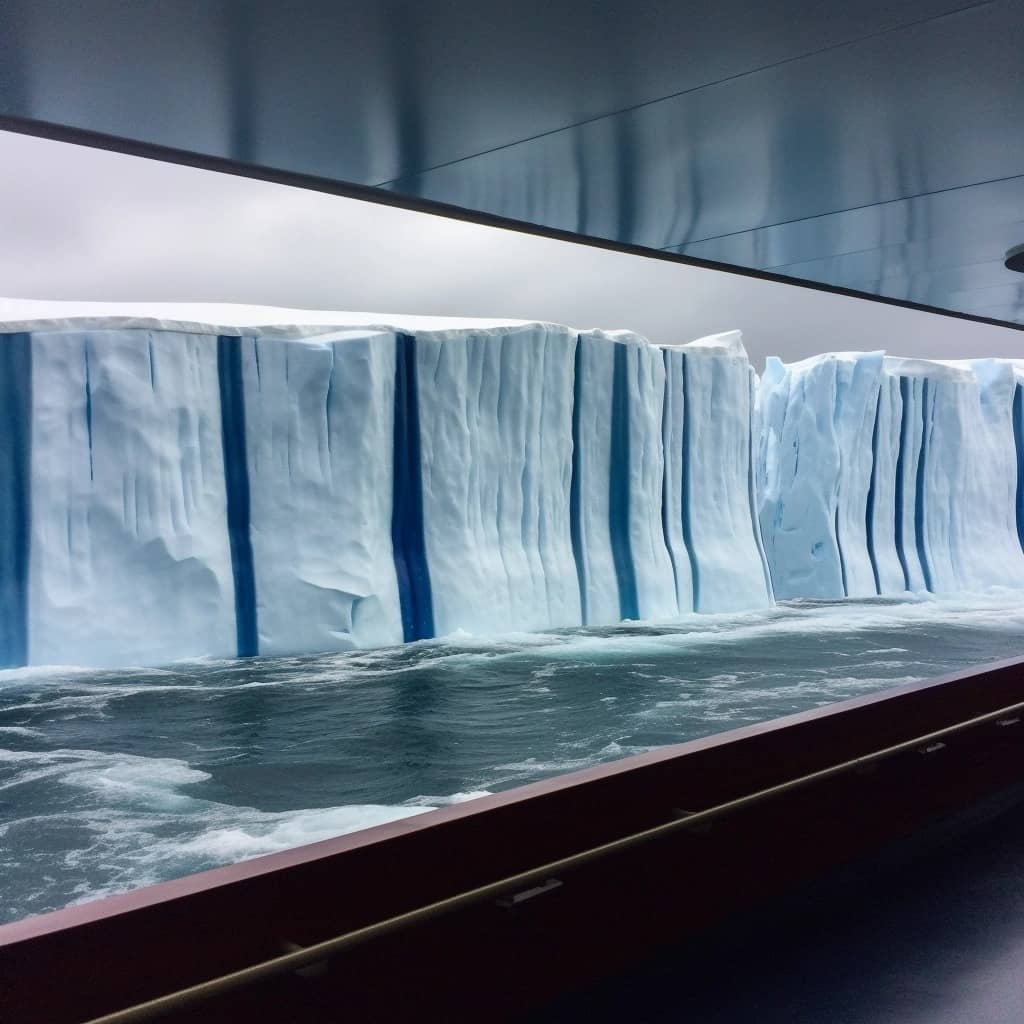
The collapse of the Thwaites Glacier would cause seas to rise by 60 cm. Researchers test a desperate plan to save him.

Microalgae genetically modified to produce more oils: at Algaefarm we talk about this promising source of biofuels.
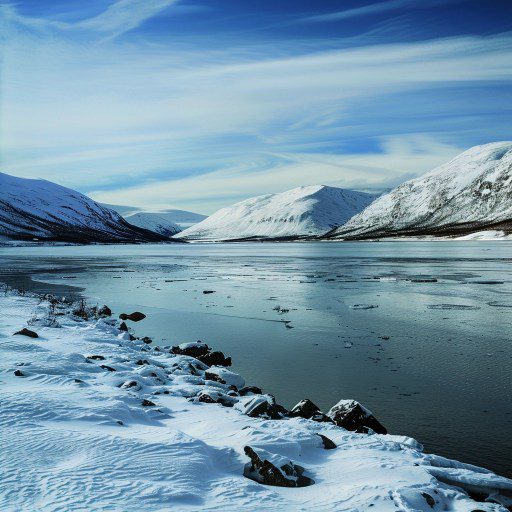
The Arctic could experience summer days without sea ice in the next few years, more than 10 years earlier than previous predictions, according to a study from the University of Colorado at Boulder.
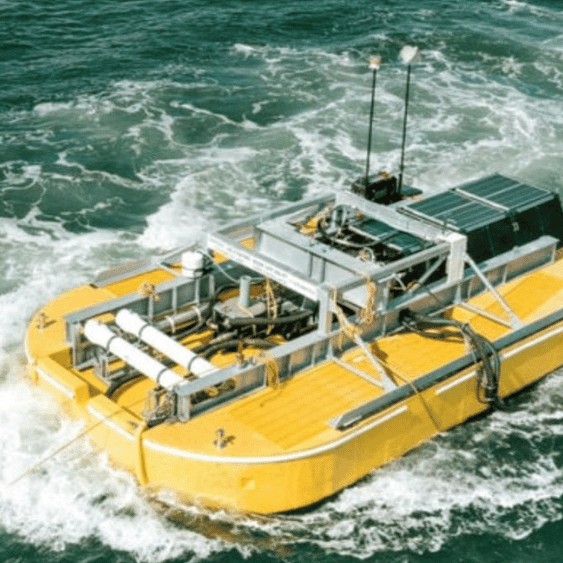
Oneka Technologies' buoys represent an innovative solution to the problem of desalination, providing fresh water in an eco-friendly way thanks to the clean energy of sea waves.
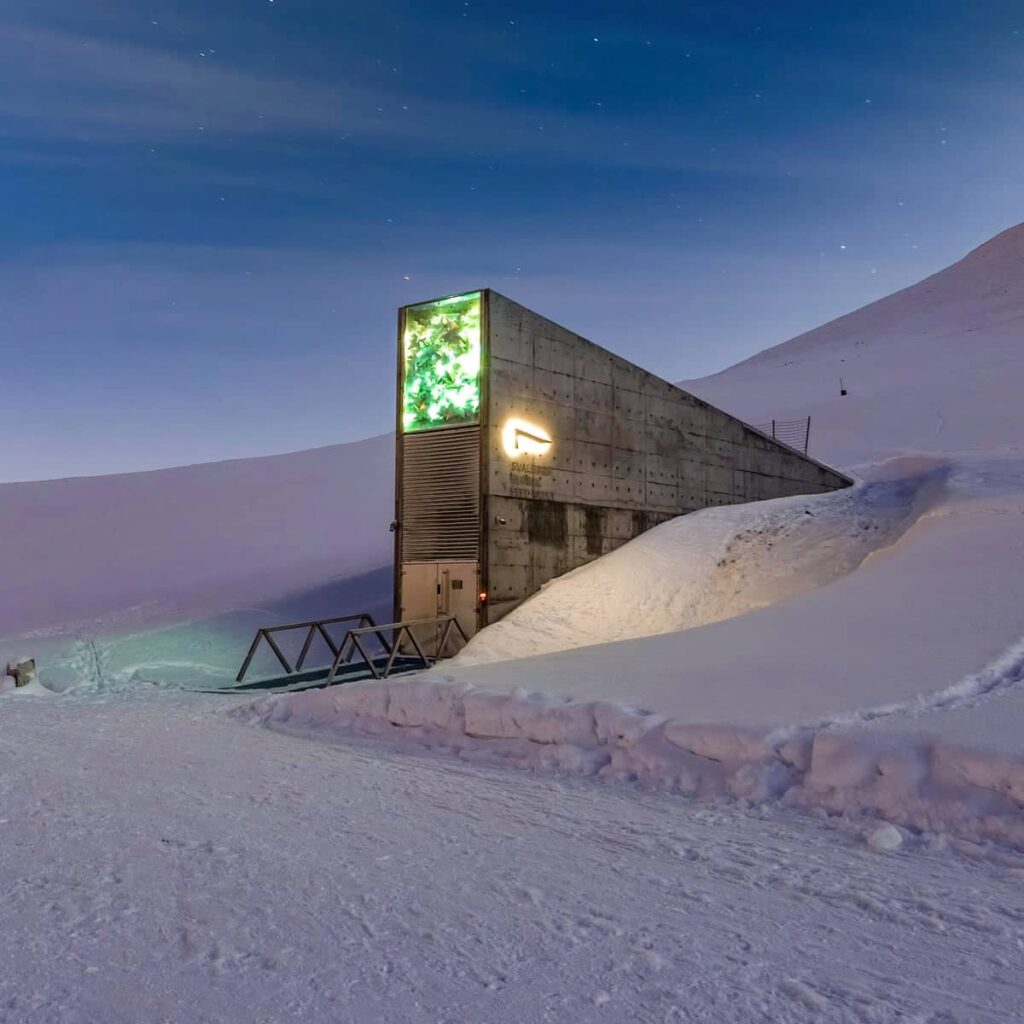
The Svalbard Global Seed Vault has received a record number of new seed custodians who can secure our food future.
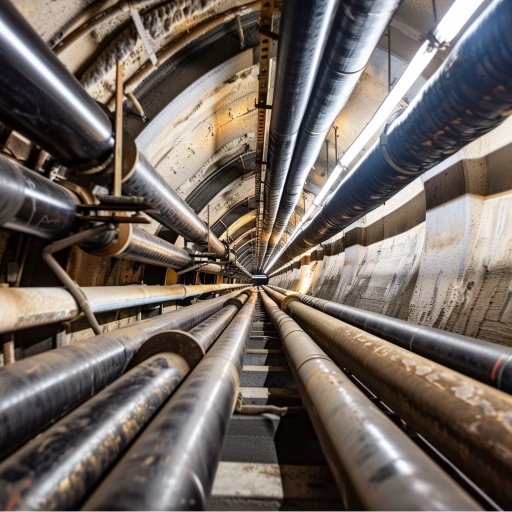
An incredible forgotten network of underground pipes in the UK could become the new green energy distribution system
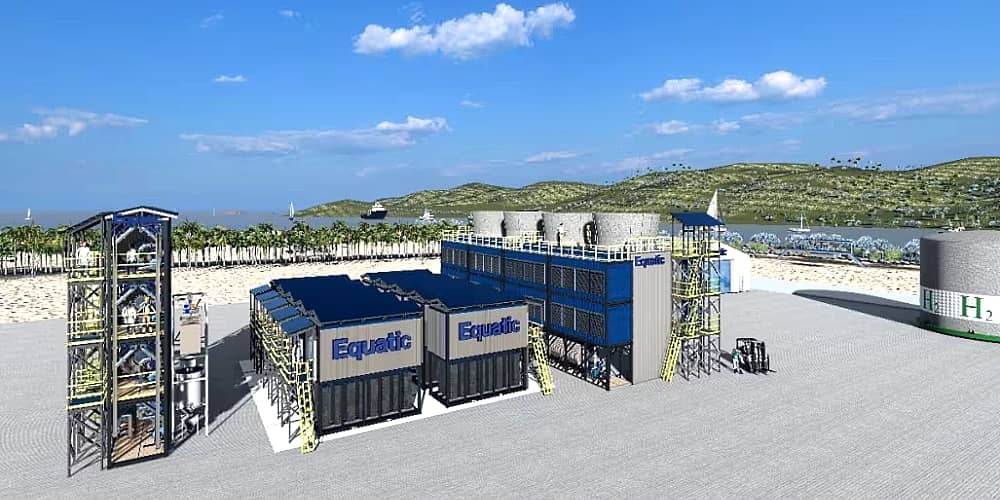
Thanks to an innovative seawater electrolysis process, the new plant will dominate CO2 capture, while also producing hydrogen on a large scale

The impact of eclipses on cumulus clouds makes us understand how complicated geoengineering plans can become, and produce unwanted effects.

A coconut and lemon thermal battery that regulates the home climate: the last frontier of green building

Depaving, an ecologist dream that becomes reality. Here are the cities that are focusing heavily on urban greenery against climate change
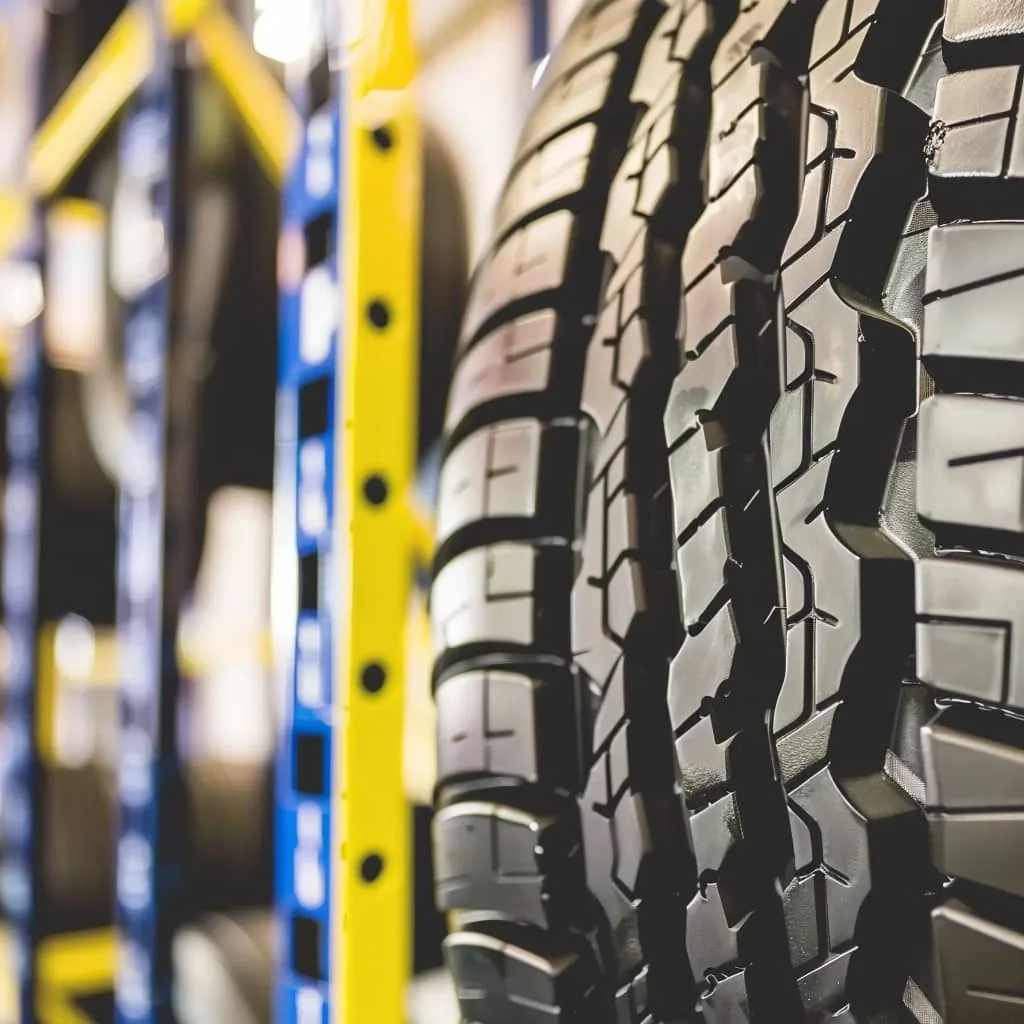
From oceans to soil, the polluting impact of tires is everywhere. Let's find out together how to deal with this problem.

Thanks to sustainable processes, Rethread Africa creates biodegradable materials from agricultural waste, such as pineapple leaves, strengthening the circular economy.
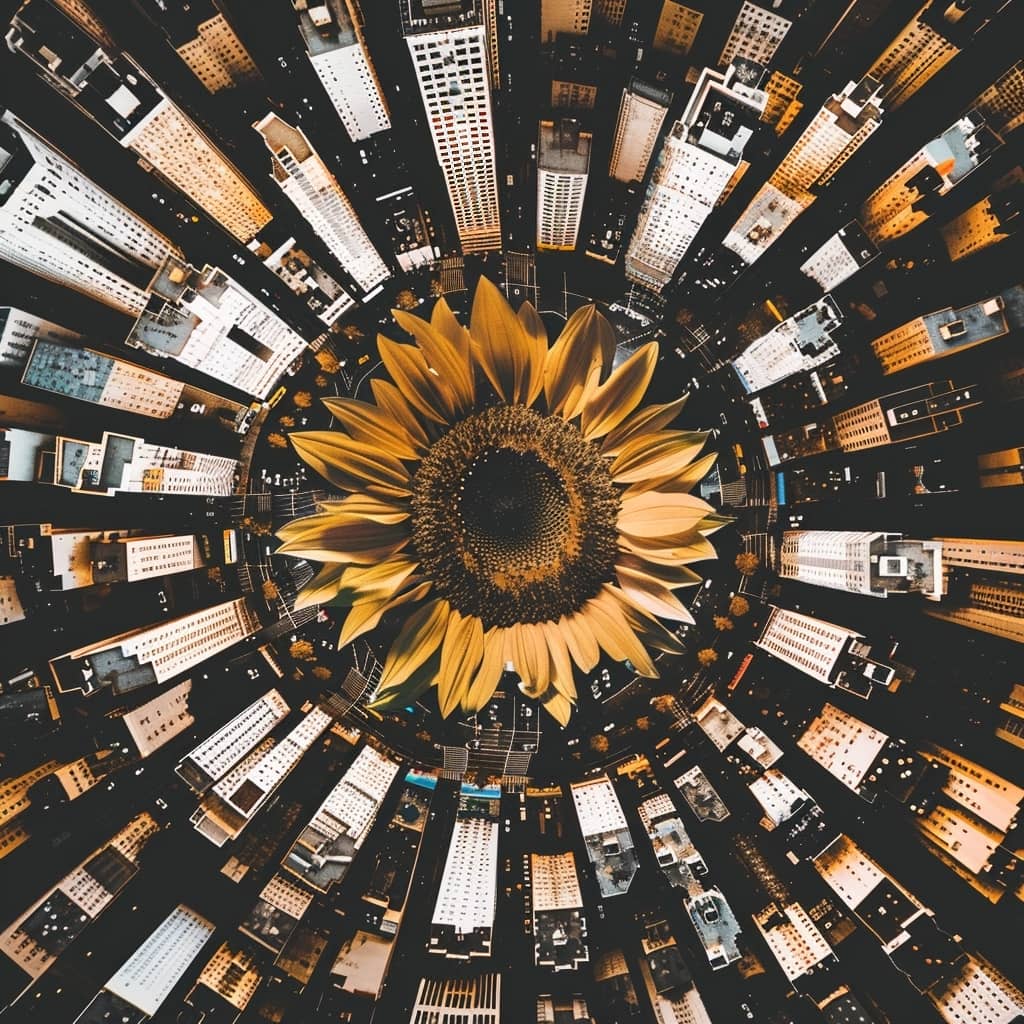
The 'sunflower city' resumes the distribution of seeds in the flower to ensure that the sun reaches all surfaces of the buildings.
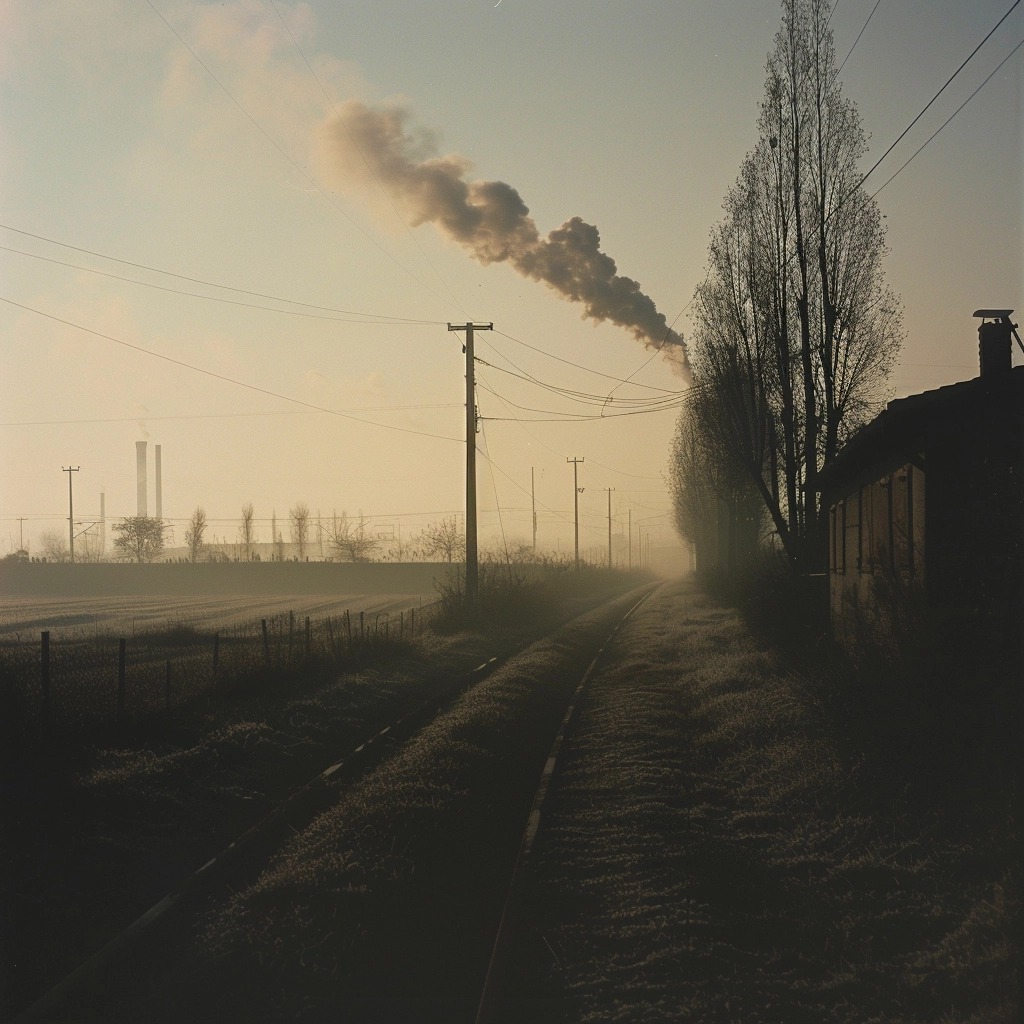
Po Valley, we explore innovative technological solutions and strategies to combat air pollution
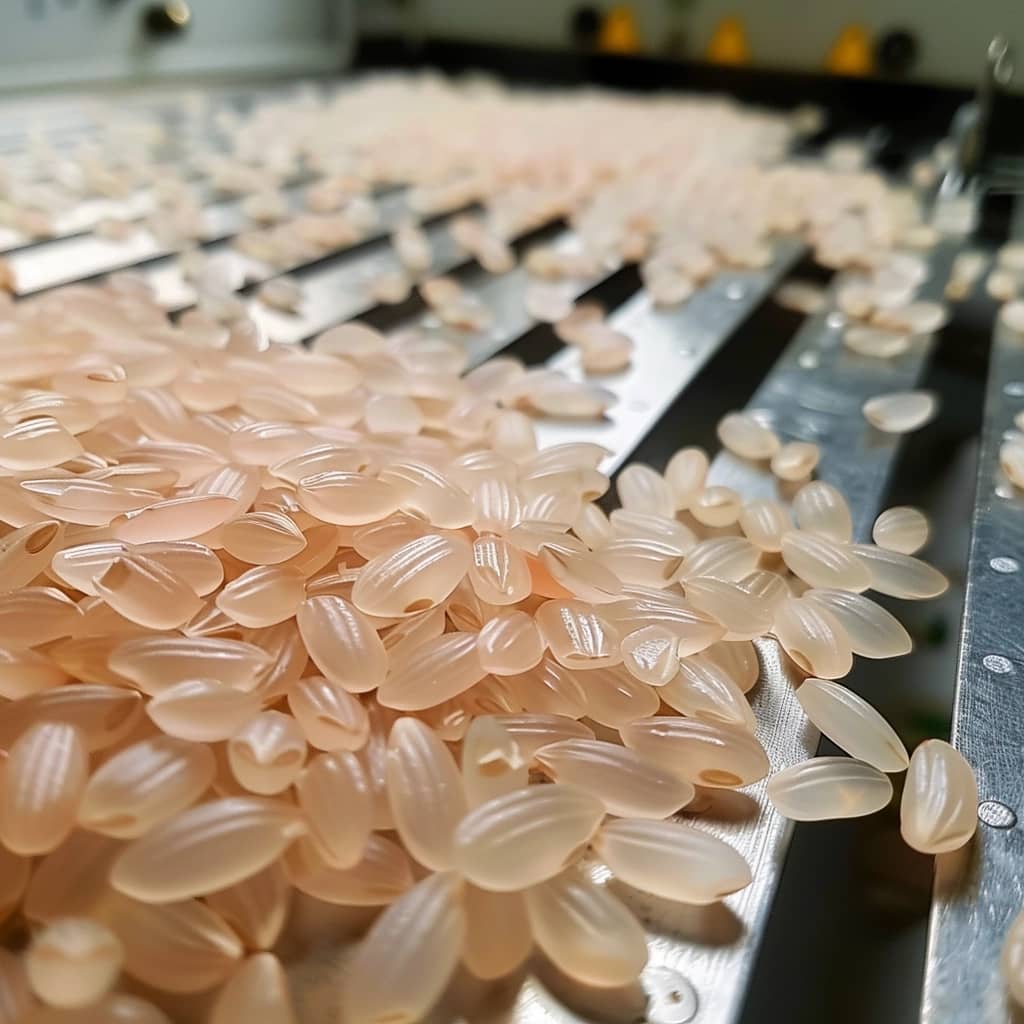
Korean scientists develop hybrid rice with beef cells, increasing its protein content by 8% without raising costs.
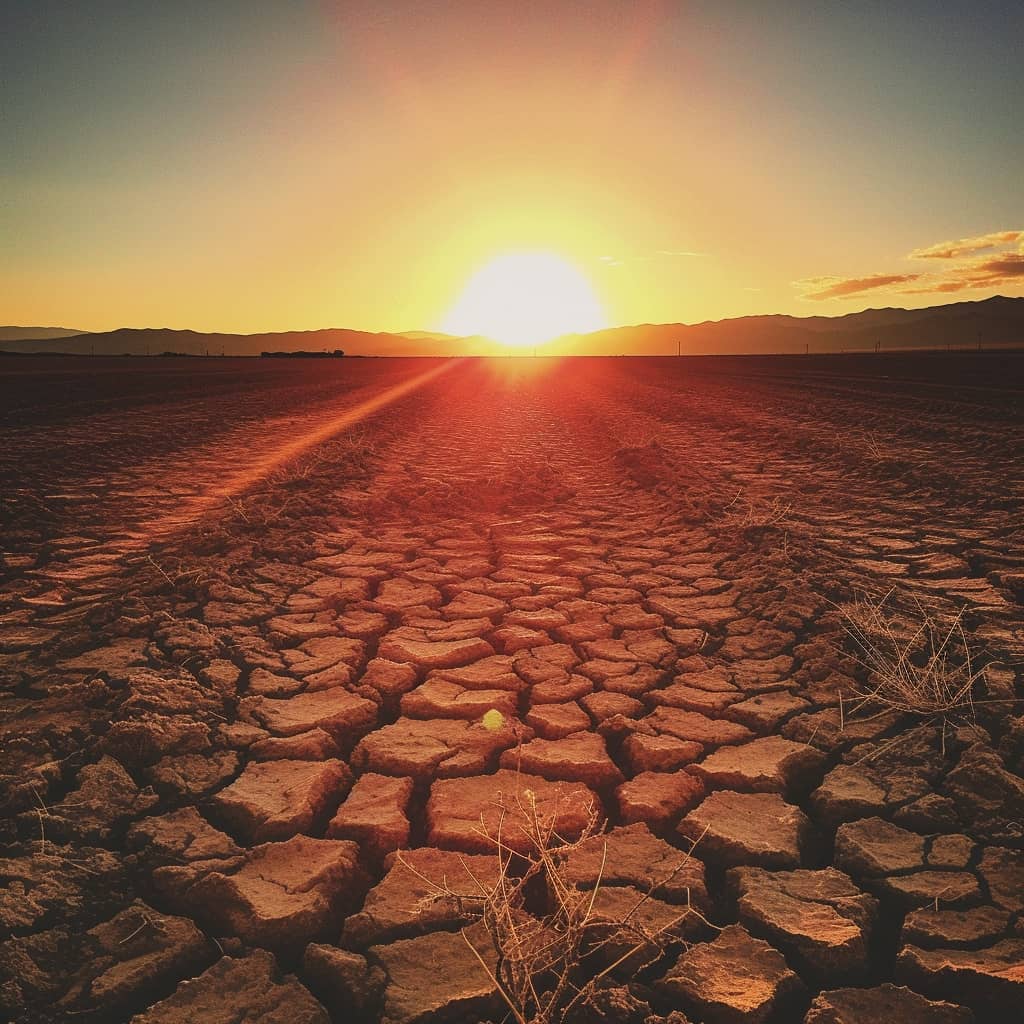
Recent dendrology-based study reveals the West is experiencing the most extreme dry heat conditions in 500 years

The Tire Collective has created a system that uses electrostatic force to capture up to 60% of tire particles.

Solid wood promises taller, lighter buildings, resistant to earthquakes and fires. Its "comeback" can transform construction
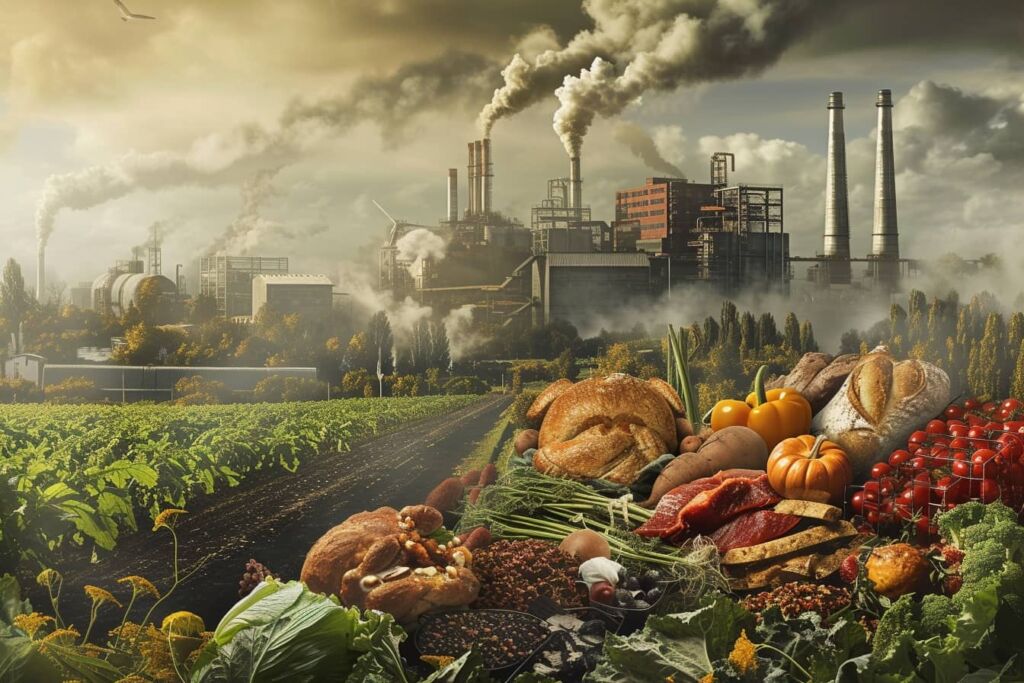
Changing the food system could bring enormous benefits: less disease, environmental sustainability and economic improvement.